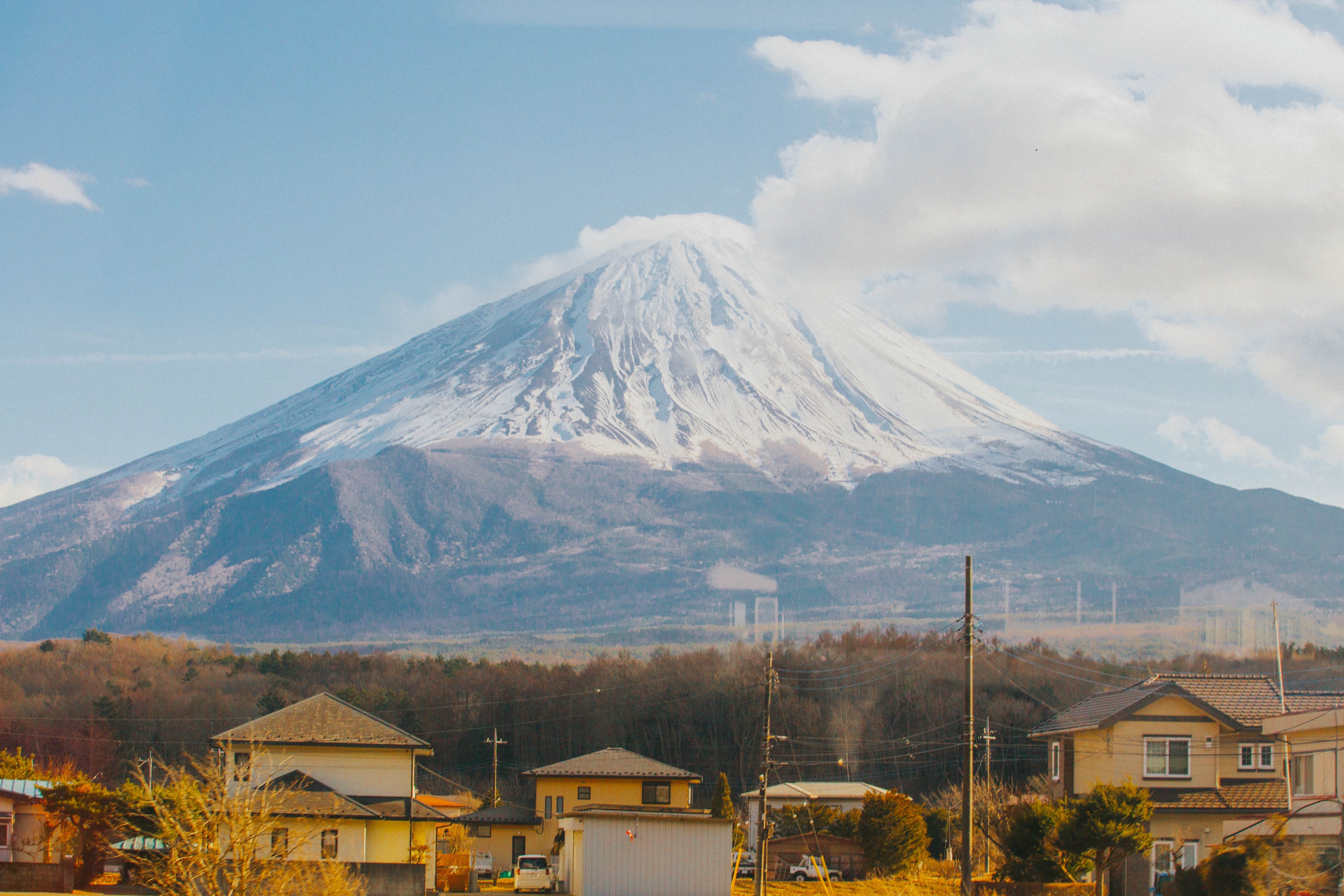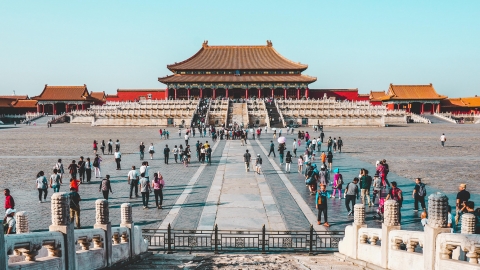Japan has a diverse natural landscape and unique culture that always leaves a beautiful impression on those who have ever set foot here. The scenery in Japan has a unique beauty in each season. During the transition from winter to spring, the snow is no longer as thick as during the peak cold season, and the cherry blossoms are starting to bloom. Everything seems to be changing into a new outfit to prepare for the spring of brilliant sakura flowers at the end of March.
Coming to the land of the rising sun at this time, tourists can enjoy the snow-capped Mount Fuji, visit the ancient village of Oshino Hakkai, ski at Fujiten Snow Resort, see early cherry blossoms on the artificial island of Odaiba, visit cultural works and experience many other interesting things.
Mount Fuji
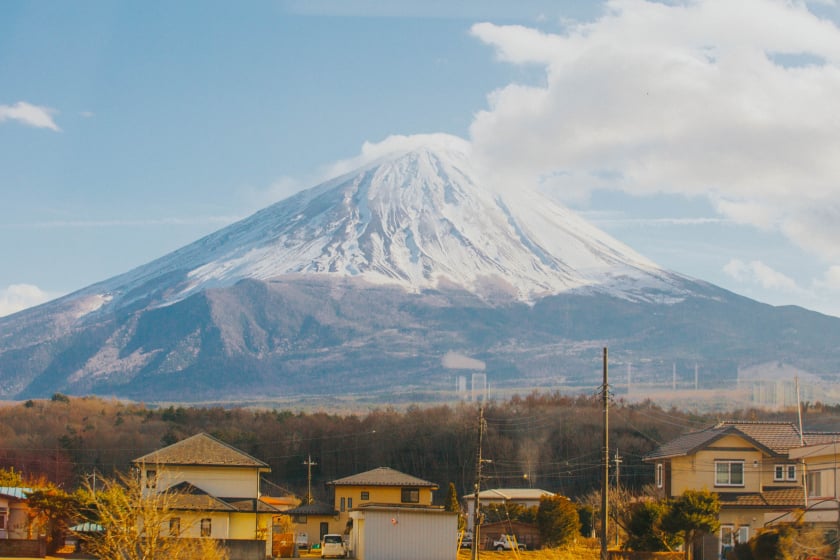
Mount Fuji seen from afar.
Located on Honsu Island, spanning Yamanashi and Shizuoka provinces, Mount Fuji (3,776m high - the highest in Japan) is a symbol of the land of the rising sun, a place that anyone coming to Japan wants to see with their own eyes. Around the foot of the mountain are 5 lakes: Kawaguchiko, Saiko, Yamanakako, Shojiko and Motosuko, creating a lyrical landscape. Mount Fuji is a volcano nearly 100,000 years old, now inactive.
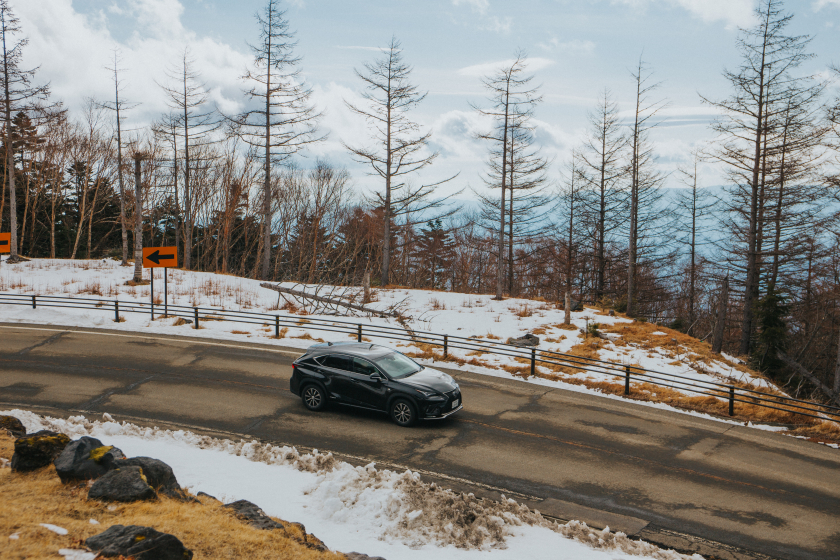
The road up Mount Fuji is covered in white snow.
The main road leading up to Mount Fuji passes through vast forests. Snow still covers both sides of the road, on the slopes of the mountain. There are many sightseeing spots on the way up to Mount Fuji that can be reached by car. Tourists can come here to admire the vast scenery of the mountains and forests or take pictures and play in the snow.
Oshino Hakkai Ancient Village

A corner of the ancient village of Oshino Hakkai.
Nestled at the foot of Mount Fuji, about 100km from Tokyo, Oshino Hakkai is an ancient village that still retains traditional Japanese architecture with simple thatched roofs. Here, visitors can wander around the village, immerse themselves in the peaceful atmosphere and admire the panoramic view of Mount Fuji from afar.
In addition, Oshino village also has 8 special lakes with a lava bottom structure due to the geological formation process of more than 80,000 years and nourished by the water source of melted snow and ice from Mount Fuji.
Fujiten Snow Resort
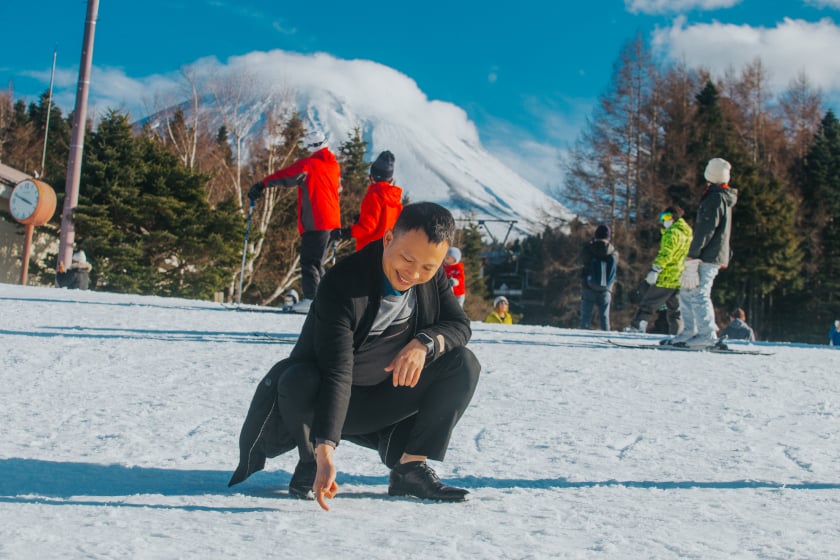
Fujiten Snow Resort
Fujiten Snow Resort is about 90 minutes away from Tokyo and is one of the most popular winter destinations in Japan. From Fujiten Snow Resort, visitors can see Mount Fuji, experience skiing, and take a cable car to enjoy the scenery. In addition to Fujiten Snow Resort, other places such as Hokkaido and Nagano mountains are also options for those who want to try skiing in late winter.
Watching cherry blossoms bloom early
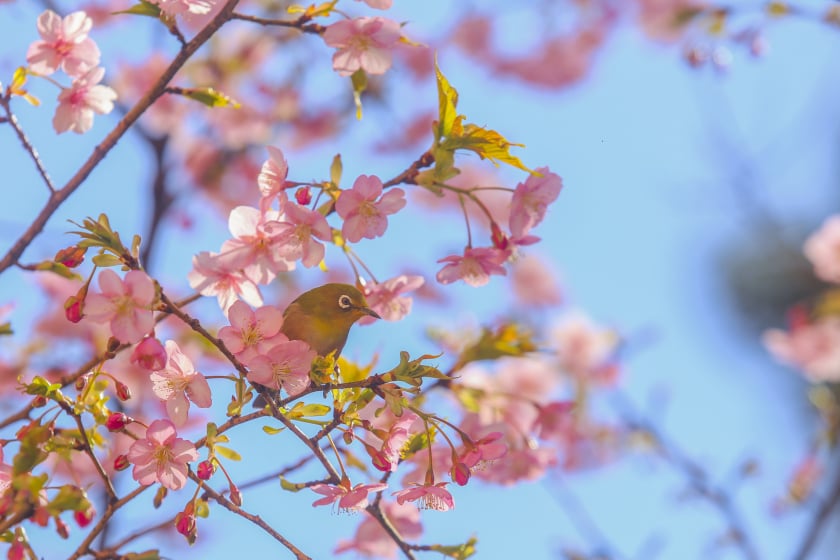
Cherry blossoms bloom early in Japan.
Japanese cherry blossoms usually bloom in late March and early April every year, attracting visitors from all over Japan to enjoy. However, from late February to early March, visitors here are also lucky to admire the beauty of the typical flower of the land of the rising sun.
Odaiba artificial island

Odaiba artificial island.
Located in Tokyo Bay, the artificial island of Odaiba is one of the prides of the Japanese people. The large, bustling artificial island is a reclamation project built during the Edo period. This is also where the Statue of Liberty, a gift from France to the Japanese people, is located. From here, visitors can look across the Rainbow Bridge. This area is also close to shopping, entertainment, and dining centers for a wide range of choices.
Naritasan Shinsoji Temple
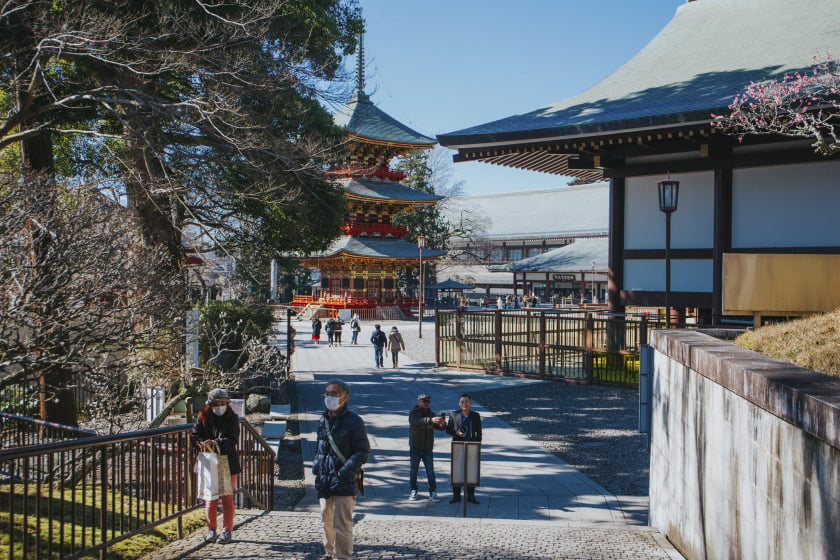
Naritasan Shinshoji Temple.
Located near Narita International Airport, Naritasan Shinsoji Temple is the oldest and most sacred temple in Chiba Prefecture. Over 1,000 years old, Naritasan Shinsoji Temple worships the fire god Fudo Myoo. Japanese people often come to Naritasan Shinsoji Temple to pray for good luck. The temple grounds have many ancient buildings and towers, of which 5 are recognized by the government as important cultural properties. At the temple, the Goma fire ceremony to pray to the god Fudo Myoo takes place several times a day.
Yanaka Old Town
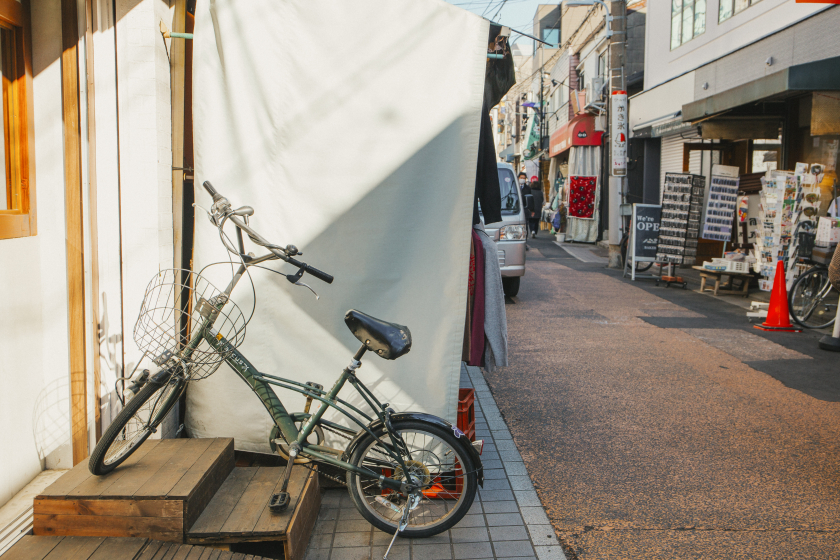
Yanaka Old Town
Located in the northeast of Tokyo, the old town of Yanaka has a nostalgic beauty. The imprint of the old years is still hidden in the houses and street corners here. As one of the few places in Tokyo that remained intact after World War II, the old town of Yanaka is considered a hidden gem in the bustling capital. Coming here, visitors can visit art galleries, craft shops and Japanese-style cafes.
Asakusa Kannon Temple
Asakusa Kannon Temple (also known as Sensoji Temple) was completed in 645 and is the oldest and most sacred temple in Tokyo. Japanese people often come here to pray on New Year's Eve and New Year's Day. Today, Asakusa Kannon Temple is always crowded with tourists coming to visit, learn about the architecture, and pray for good luck. In front of the temple is the Nakamise area, where visitors can shop for typical Japanese souvenirs.
Shopping in Tokyo
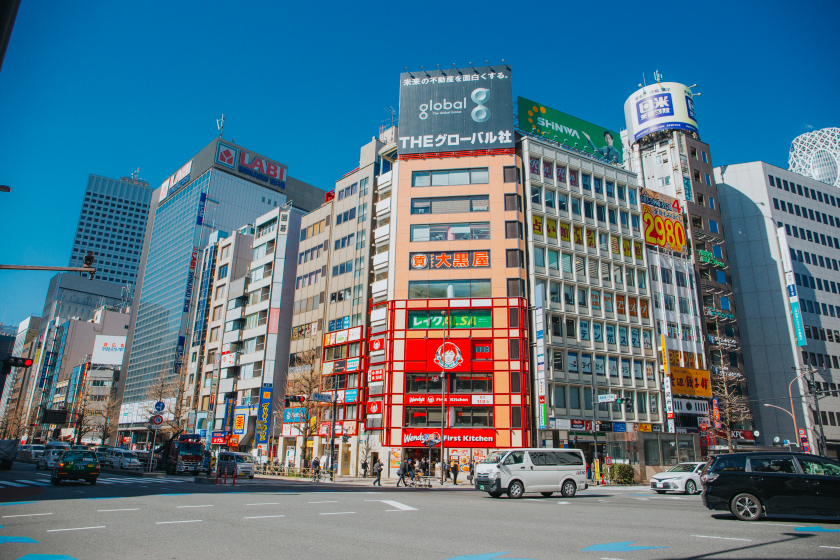
A corner of Shinjuku district, Tokyo.
Besides enjoying the scenery and learning about the culture, visitors to Japan can enjoy shopping at the shopping centers in Tokyo. Shibuya and Shinjuku are two famous, crowded and bustling districts of the Japanese capital. This is where shops, cafes, restaurants, and entertainment venues are packed with people.
In late winter and early spring, the weather in Japan is still very cold. Therefore, visitors to Japan need to pay attention to keeping their bodies warm. Currently, Japan is also applying measures to prevent the Covid-19 epidemic. Accordingly, Vietnamese visitors entering Japan must have 3 doses of vaccine or a negative PCR test 72 hours before entering the country. Japan also requires wearing masks in public places.






